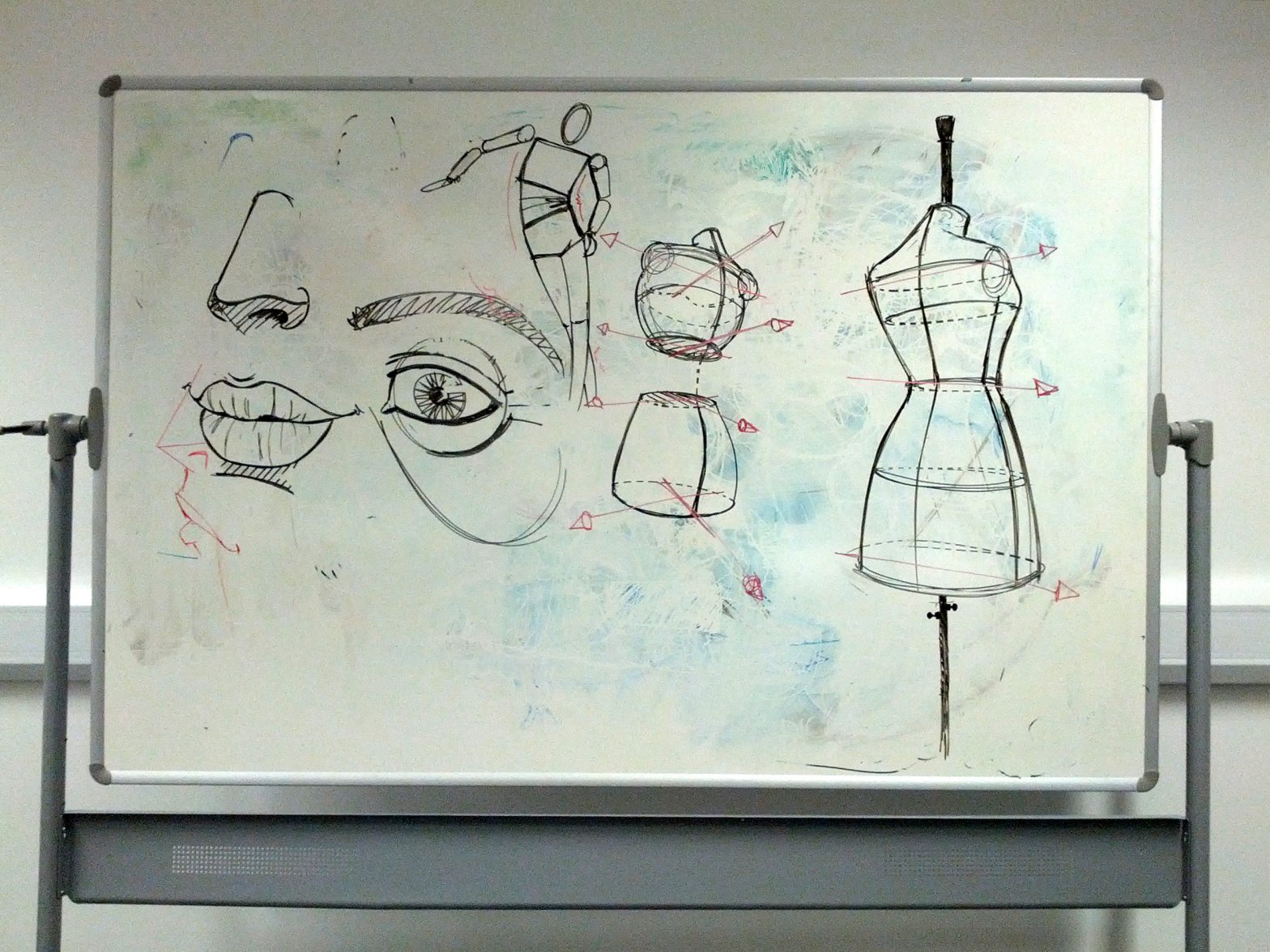Category: Design Thinking
-

The moment between before and after.
It has been nice over the past few days to revisit a project from the first year of the MFA in Photography I was lucky to complete a few years ago, during my time at Belfast School of Art. Lentamente el Camino Me Mata or Slowly the Way Kills Me is the product of a deep…
-

What does it mean? It’s a frightening tree, but why?
—
by
tagged
While we were in the woods to photograph Genaro’s tree another one was tugging on my sleeve, seeking attention, though apparently invisible to my present company who were deep in discussion about times gone past. From my vantage point this new tree was obscured, though its branches stretched overhead, longer and more angular than those of…
-

Plan
Original Post from 2011 When working with new teams it should be assumed that participants have little or no experience with project management and task delegation within a team environment. A brief introduction to agile and scrum systems is beneficial. Each of the new teams takes time to familiarise themselves with their final concept and the…
-
No More Managers. Everyone Leads
An engineering researcher was clairvoyant when he said in 1994 that subordinates often make the best leaders: Often with small groups, it is not the manager who emerges as the leader. In many cases it is a subordinate member with specific talents who leads the group in a certain direction. Leaders must let vision, strategies,…
-
Teamwork Ground Rules
Good advice from Kristof Kovacs There’s only three things: ASK: If a task is not clear, or more information is needed, please ask as soon as possible. Asking is always ok. Doing the wrong thing (or doing nothing) because you didn’t ask is not ok. DEBRIEF: It’s not done until you reported it done. This is…
-
Produce
This part of the work plan is dependent on both the brief and the scope of the programme. After Note: Production can be explained in isolation but is executed with Planning. I have updated the previous post “Plan” to reflect some of this. This post is incomplete and needs so much more detail that…
-
Evaluate
Decision Time—Convergent Thinking This point marks a sudden change of gears, where phase one and two come to a sudden and marked end. With the leadership of the Facilitators the group evaluates the most popular concepts against the brief’s criteria until a top concept is found. In a situation where there are many teams working in…
-
Refine
The concept phase is an explosion of ideas shooting off in almost random directions. In the refinement phase of the creative process we look for links between concepts, gradually building upon what has been developed and referring to both the brief and reflecting on the inspirations gathered in phase one. The refinement process draws to a…
-
Conceptualize
Explode—Divergent thinking Take risks, be persistent, be curious. Fail early and fail often. Using the inspirations that were collected in phase one, the team offer up ideas that address the needs of the brief. Team members can offer up fresh concepts or build on the work of others. Go for quantity, explore each idea entirely. Be…
-
Inspire
The input phase of the process where the team learns to eat sleep and breathe the subject of the brief. In order for this to work effectively it is important that we learn to come to terms with our filters. Throughout our lives we have been developing filters through which we see the world. These…
-
Some Design Principals
Complex problems require simple, clear and honest solutions. Successful solutions will move people by satisfying their needs, giving meaning to their lives and raising their hopes and expectations. Exceptional problems demand exceptional solutions that may be radical and even disruptive. Effective solutions will be collaborative, inclusive and developed with the people who use them. No solution…
-
Introduction to facilitating Design Thinking
Run correctly this creative process will bring out desired behaviours in the individuals taking part. These behaviours will initially be reactions against the process, aggressively defending the way they have been taught to think since childhood. Support and encouragement from the facilitators, rather than correction will allow the participants to see the benefit and strengths…
